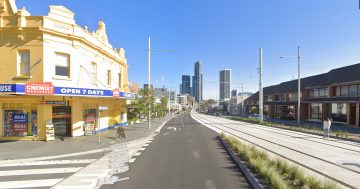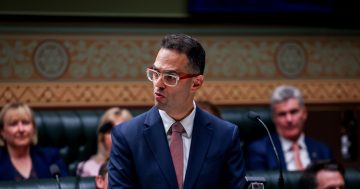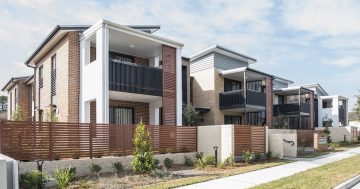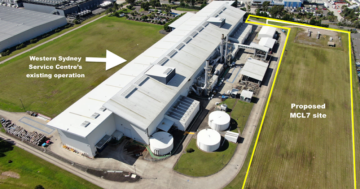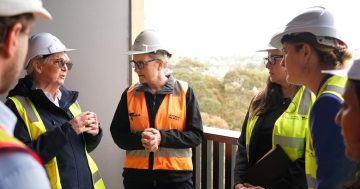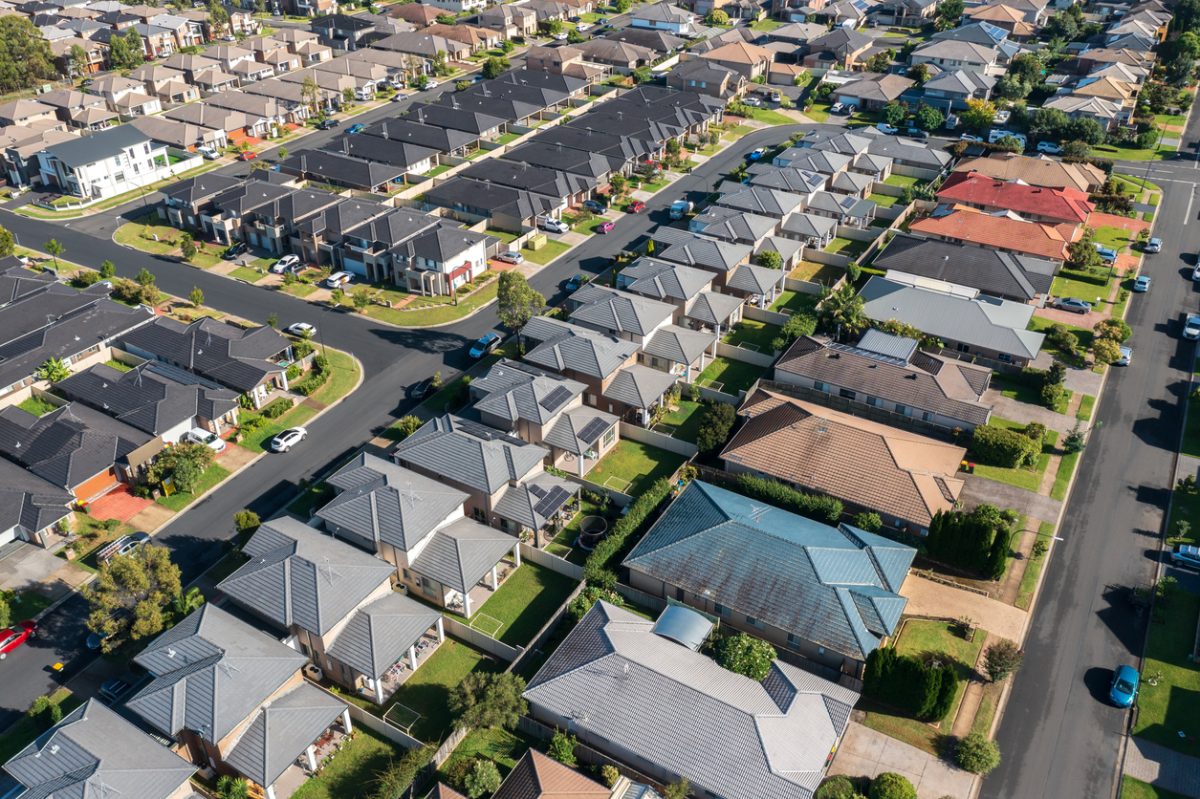
Shadow Minister for Planning Scott Farlow says the Premier is failing to meet the government’s housing commitments. Photo: File.
As the people of New South Wales grapple with a housing crisis, the State Government says its planning reforms introduced late last year will secure its five-year goal of creating 377,000 homes. But the opposition believes not enough is being done.
In 2022 the government delivered 48,000 homes to the state, with another 75,000 expected over the coming year.
Minister for Planning Paul Scully admitted the State Government was starting from a “long way back”, but that it would be able to turn around completions from the “incredibly low base” with help from the reforms introduced in December.
“We’ve inherited a confused and confusing planning system from the previous Liberal government that has delivered the housing crisis that NSW residents are experiencing today,” Mr Scully said.
“I think most fair-minded people will recognise that our reforms are significant and need time to take effect. I think they also recognise that there are many factors that influence housing like interest rates, and access to finance and materials.”
While the government says that all industry feedback and advice points to the reforms having a major impact on housing uplift, Shadow Minister for Planning Scott Farlow says the Chief Minister is failing to meet the government’s housing commitments.
“ABS data shows both planning approvals and housing completions are headed in the wrong direction under Chris Minns,” he said.
“His answer now is to play housing State of Origin with Victoria, which is meaningless for those who are suffering from increased rents and record house prices.”
The reforms include:
- Changes to low to mid rise housing – with the aim to increase capacity for an additional 110,000 homes in well serviced areas by the end of 2029
- Infrastructure contributions reforms creating a new program designed to ensure supporting infrastructure (e.g. schools, roads) is aligned to housing delivery
- Enhancing transparency by publishing performance tables displaying the most successful councils and government approval processes
- Introducing a new bonus Floor Space Ratio (FSR) of up to 30 per cent and a height bonus of up to 30 per cent, where a proposal includes a minimum of 15 per cent of the gross floor area (GFA) as affordable housing
- The Transport Oriented Development (TOD) program. It will first deliver state-led rezonings within 1200 metres of eight priority transport hubs, and new State Environment Planning Policies (SEPP) to increase the capacity for mid-rise housing and mixed-use developments within 400 metres of 31 other transport hubs and town centres.


